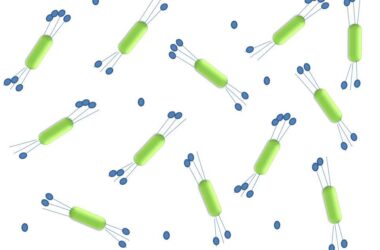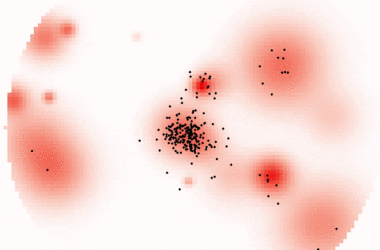
Les plantes prennent leurs propres décisions “secrètes” concernant la quantité de carbone qu’elles rejettent dans l’atmosphère, selon un processus jusqu’ici inconnu.
Une nouvelle recherche a révélé que les plantes prennent leurs propres décisions “secrètes” sur la quantité de carbone qu’elles rejettent dans l’atmosphère par un processus inconnu jusqu’alors, une découverte qui a de “profondes implications” pour l’utilisation des plantes comme réserves de carbone. L’étude a été menée par des chercheurs de l’Université de Western Australia (UWA).
Le professeur Harvey Millar, de l’école des sciences moléculaires de l’UWA et auteur de l’étude publiée le 9 juin dans le magazine Nature PlantsLe professeur Harvey Millar, de l’école des sciences moléculaires de l’UWA et auteur de l’étude publiée le 9 juin dansNature Plantsa déclaré que les résultats signifient que les plantes du futur pourraient être conçues pour répondre aux besoins alimentaires mondiaux tout en aidant l’environnement.
“Chaque élève apprend ce qu’est la photosynthesis, the process by which plants use sunlight, water, and carbon dioxide to create oxygen and energy in the form of sugar,” said Professor Millar, who is also Director at the ARC Center of Excellence in Plant Energy Biology.
“But a plant doesn’t grow as fast as the carbon it takes in by photosynthesis because it releases up to half of that carbon again as CO2 in the process of plant respiration. This stops plants being the best sinks for carbon they could be and limits how much they are able to help lower atmospheric CO2.”
Plants of the future could be designed to meet the world’s food needs while also aiding the environment.
A carbon sink is defined as anything that absorbs more carbon from the atmosphere than it releases.
Professor Millar said deciding when and how much CO2 to lose is a secret that plants keep locked away inside parts of the cell called mitochondria where CO2 release takes place.
“Our research, led by PhD candidate and Forrest Scholar Xuyen Le, discovered this CO2 release decision is governed by a previously unknown process, a metabolic channel that directs a product of sugar called pyruvate to be oxidized to CO2 or kept to make plant biomass,” Professor Millar said.
“We found that a transporter on mitochondria directs pyruvate to respiration to release CO2, but pyruvate made in other ways is kept by plant cells to build biomass – if the transporter is blocked, plants then use pyruvate from other pathways for respiration,” Ms. Le said.
Professor Millar said the research shows that plants can differentiate and choose one pyruvate source over another to use for CO2 release. This secret process breaks the normal rules of biochemistry, where the next step in a process does not know the origin of the product from the step before.
“Understanding the plant’s respiration secret to use a metabolic channel to prioritize carbon release over keeping it to make biomass provides a new opportunity to influence the decision at the last moment,” he said.
“This could be done by limiting this channeling to respiration or making new channels to direct carbon inside mitochondria back towards biomass production and so limiting CO2 release from plants.
“It shows that current discussions around carbon net zero and the role that crops, forests, and grasslands can play, should also include conversations on what happens inside plants, alongside global financial decisions.”
UWA researchers are now involved in long-term international partnerships to find better ways to use energy from respiration in order to redirect carbon to biomass without limiting a plant’s ability to grow and protect itself from pathogens or harsh environments.
Reference: “Metabolic evidence for distinct pyruvate pools inside plant mitochondria” by Xuyen H. Le, Chun Pong Lee, Dario Monachello and A. Harvey Millar, 9 June 2022, Nature Plants.
DOI: 10.1038/s41477-022-01165-3



